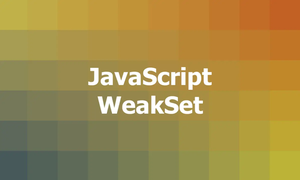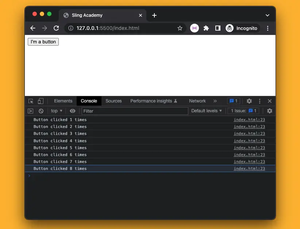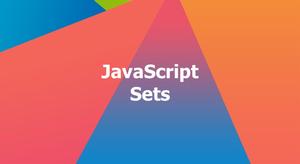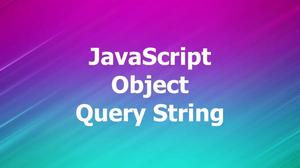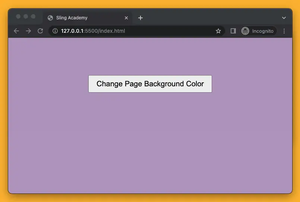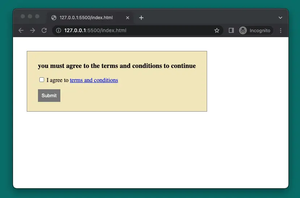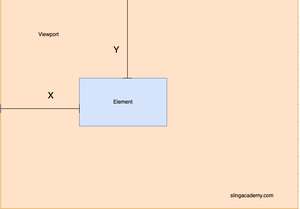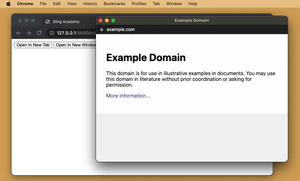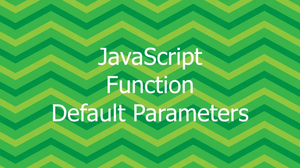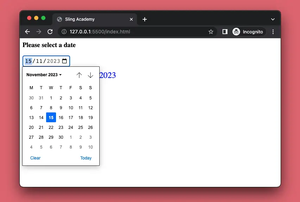Handling various input events in web development can become quite complex due to the plethora of device interactions such as touch, mouse clicks, and pen inputs. Traditionally, developers have used separate event handlers to distinguish between mouse events and touch events. However, with the evolution of the web platform, we now have Pointer Events, which provide a unifying model for these diverse input types.
Pointer Events, introduced by the W3C, allow developers to handle mouse, touch, and pen input using a single set of events. This standardization simplifies codebases, improves maintainability, and enhances user experience across different devices and input types.
Why Use Pointer Events?
Before we dive into coding, let's briefly outline the advantages of using Pointer Events:
- Unified Event Handling: One set of events for all input types reduces the number of event listeners and diminishes complexity.
- Consistent Interface: A unified model provides a consistent programming interface for interactions.
- Improved Performance: Fewer redundant events lower the workload on browsers, enhancing performance.
Basic Example of Pointer Events
Let's look at a basic example where we handle pointer events on an HTML element:
<!DOCTYPE html>
<html lang="en">
<head>
<meta charset="UTF-8">
<meta name="viewport" content="width=device-width, initial-scale=1.0">
<title>Pointer Events Example</title>
<style>
#demo {
width: 200px;
height: 200px;
background-color: lightblue;
}
</style>
</head>
<body>
<div id="demo"></div>
<script src="script.js"></script>
</body>
</html>In the accompanying JavaScript file script.js, we'll add a pointer event listener:
const demo = document.getElementById('demo');
demo.addEventListener('pointerdown', function(event) {
console.log(`Pointer Type: ${event.pointerType}`);
console.log(`Pointer ID: ${event.pointerId}`);
this.style.backgroundColor = 'orange';
});
demo.addEventListener('pointerup', function(event) {
this.style.backgroundColor = 'lightblue';
});In this example, we attach a pointerdown event to our div element. When any pointer presses down on the div (mouse, touch, or pen), the background color changes and the pointer type is logged into the console.
Pointer Events in Action
Pointer Events include various types such as pointerover, pointerenter, pointerleave, pointercancel, and more. Below is a more extensive example demonstrating how these different events can be utilized:
demo.addEventListener('pointerenter', function() {
this.style.border = '2px solid red';
});
demo.addEventListener('pointerleave', function() {
this.style.border = 'none';
});
demo.addEventListener('pointermove', function(event) {
this.style.cursor = event.pressure === 0.5 ? 'pointer' : 'default';
});These additions modify our demo element’s appearance based on the input actions performed. Using event.pressure, you can even handle pressure-sensitive interactions if the device supports them.
Benefits of Using Pointer Events
Pointer Events bring many benefits to the table. Here are a few noteworthy ones:
- Device Agnosticism: Write once, run anywhere. This means fewer condition checks for device-specific events, like
ontouchstart. - Bespoke Design Precision: With additional properties like
width,height, andpressure, you can create more responsive and specialized functionality. - Gesture Handling: Combining Pointer Events with the pointer capture API provides refined gesture detections.
Conclusion
Incorporating Pointer Events into your frontend projects not only streamlines event handling but also future-proofs your applications by catering to an array of modern input devices with one cohesive API. Utilizing these types of input gives developers the flexibility they need while providing a better, more unified user experience across diverse devices.

